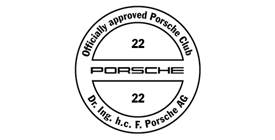There seem to be two questions here; do you need to treat the rust before putting wax on, and do you need to remove the old wax before putting new wax on? I don't think you need to treat the rust before putting wax on, although I could be wrong in this. However logic and a bit of chemistry answers the question; waxes are acidic, and any acid will treat rust; rust is chemically a 'base', and a base reacted with an acid produces water and the relevant salt. (Soaking something that is rusty in vinegar is a great way of gently removing the rust.) Therefore, any waxy rust-protector will therefore treat the rust it is applied to, to a certain extent. I also don't think you need to remove the old wax before applying new wax. If the existing wax has coated the surface well then there should be no reason to get rid of it. The only reason you need to re-do it is to ensure that any wax which has been removed is replaced. This does make you wonder how wax would be removed, and the answer is that I don't know, in which case I'd question whether it is necessary to re-do the wax every year. Caution, I guess. Oli.









